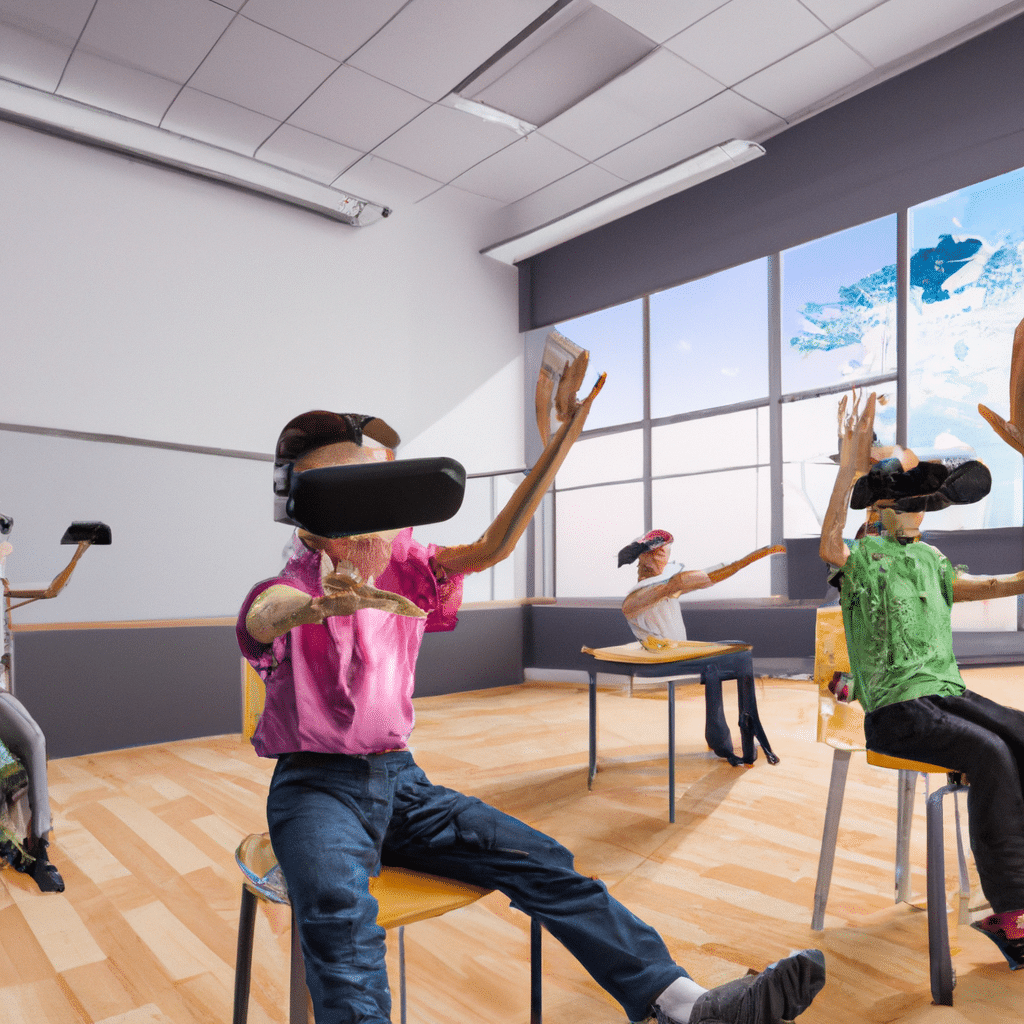The Potential of Virtual and Augmented Reality in Education
In recent years, virtual and augmented reality technologies have become increasingly popular in various industries. Among them, education is one of the fields that can benefit the most from these technologies. Virtual and augmented reality can transform the way students learn and interact with subjects, making it easier for them to understand complex concepts and retain information. In this article, we will explore the potential of virtual and augmented reality in education and how it can revolutionize the way we teach and learn.

The Basics of Virtual and Augmented Reality
Before diving into the benefits of virtual and augmented reality in education, let’s first understand what these terms mean. Virtual reality (VR) is a computer-generated simulation that creates a completely immersive environment for the user. It is usually achieved through the use of a VR headset, which tracks the user’s movements and displays a 360-degree view of a virtual environment. Augmented reality (AR), on the other hand, overlays digital information on the real world, usually through a smartphone or tablet.
Advantages of Virtual and Augmented Reality in Education
Enhanced Learning Experience
One of the main advantages of virtual and augmented reality in education is that it enhances the learning experience for students. With these technologies, students can visualize and interact with complex concepts in a more immersive and engaging way. For example, in biology classes, students can explore the human body in 3D, allowing them to understand the structure and function of organs more easily. In history classes, students can visit historical sites and experience important events, making the learning process more exciting and memorable.
Increased Engagement and Retention
Virtual and augmented reality can also increase student engagement and retention. Studies have shown that students are more likely to remember information when they learn through immersive experiences. With VR and AR, students can interact with subjects in a more hands-on way, making it easier for them to understand and remember information. This can be especially helpful for students who struggle with traditional teaching methods.
Improved Accessibility
Another advantage of virtual and augmented reality in education is that it can improve accessibility for students. With these technologies, students can access educational content from anywhere, at any time. This can be especially helpful for students who live in remote areas or have disabilities that make it difficult for them to attend traditional classes. VR and AR can also provide a more inclusive learning environment, accommodating diverse learning styles and abilities.
Examples of Virtual and Augmented Reality in Education
Now that we have explored the benefits of virtual and augmented reality in education, let’s take a look at some examples of how these technologies are being used in the classroom.
Science and Technology
In science and technology classes, virtual and augmented reality can be used to simulate experiments and allow students to explore complex concepts in a more interactive way. For example, students can use VR to simulate a chemistry experiment, allowing them to see the reaction in real-time and understand the chemical processes involved.
History and Social Studies
In history and social studies classes, virtual and augmented reality can be used to bring historical events to life. For example, students can use AR to explore historical sites, such as the Pyramids of Giza or the Colosseum in Rome. They can also use VR to experience important events, such as the signing of the Declaration of Independence or the Battle of Gettysburg.
Art and Design
In art and design classes, virtual and augmented reality can be used to create immersive experiences that allow students to explore different styles and techniques. For example, students can use VR to visit art galleries and museums, or to create 3D models of their own designs.
Conclusion
Virtual and augmented reality have the potential to transform the way we teach and learn. With these technologies, students can have a more immersive and engaging learning experience, improving their retention and understanding of complex concepts. Virtual and augmented reality can also provide a more inclusive and accessible learning environment, accommodating diverse learning styles and abilities. As these technologies continue to evolve, we can expect to see even more innovative and exciting ways in which they are used in education.












